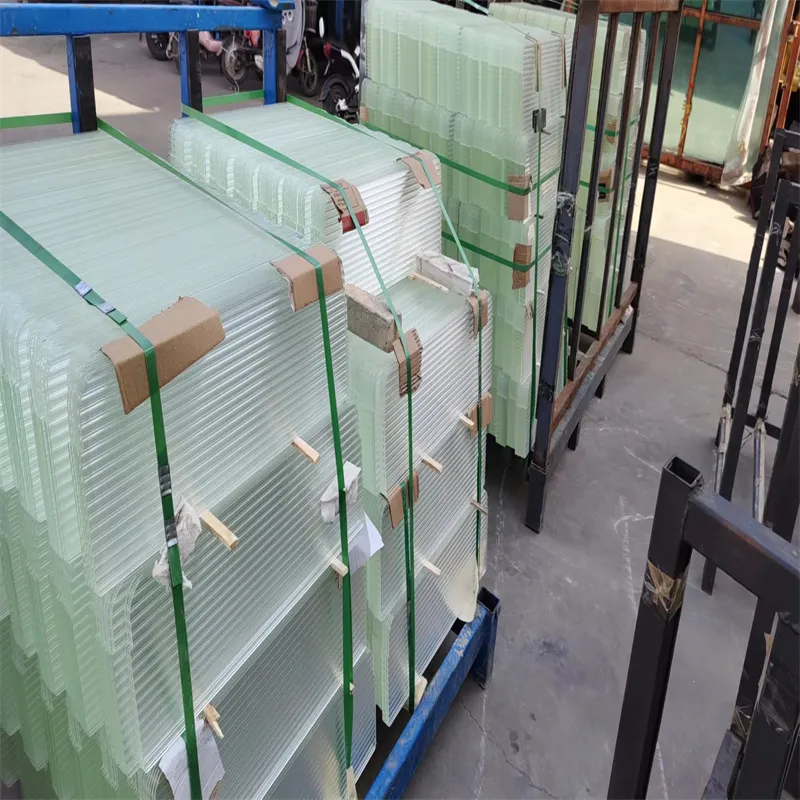Dec . 05, 2024 08:26 Back to list
Factors Influencing the Cost of Low Iron Glass in Modern Construction
The Cost of Low Iron Glass A Comprehensive Overview
Low iron glass, known for its exceptional clarity and light transmittance properties, has gained popularity in various applications, from architecture to solar energy systems. This article delves into the factors influencing the cost of low iron glass, shedding light on its composition, production processes, market demand, and applications.
What is Low Iron Glass?
Low iron glass, also referred to as crystal glass, contains a significantly reduced amount of iron oxide, typically below 0.1%. This results in a glass that is much clearer and has a higher light transmittance rate than standard glass. The reduced iron content allows for a clearer view, making it an ideal choice for applications where visibility and aesthetics are paramount, such as in high-end windows, glass facades, and display cases.
Composition and Production Process
The production of low iron glass involves sourcing high-quality silica sand, which is the primary raw material. The sand must be free from impurities to achieve the desired clarity. In addition to silica, other materials such as soda ash and limestone are used, but these components also need to be carefully controlled to maintain the low iron properties.
The manufacturing process typically involves melting the mixture at high temperatures in a furnace. Continuous melting and casting techniques are commonly used to produce large sheets of low iron glass. These processes require sophisticated equipment and stringent quality control measures to ensure that the glass maintains its low iron characteristics throughout production.
Cost Factors
Several key factors affect the cost of low iron glass
1. Raw Material Costs The primary materials—high-quality silica sand and additives—play a significant role in the overall cost. The prices of these materials can fluctuate depending on market conditions, supply chain issues, and regional availability.
cost of low iron glass

2. Production Complexity The manufacturing process for low iron glass is more complex than that for standard glass. The need for advanced technology and precise control systems adds to the production costs. Additionally, lower yield rates due to strict quality checks can increase expenses.
3. Energy Consumption The melting of glass at high temperatures requires a considerable amount of energy, contributing to the overhead costs associated with production. With rising energy prices globally, this can have a notable impact on the final price of low iron glass.
4. Market Demand The demand for low iron glass has been steadily increasing due to its applications in high-end construction and solar panels. As demand rises, producers may raise prices, especially in times of material shortages or increased production costs.
5. Transportation and Handling As a fragile product, low iron glass requires careful handling during transportation, typically needing specialized packaging and shipping methods. This aspect can further add to the overall cost.
Market Applications
Low iron glass is widely utilized in various industries. In the construction sector, it is favored for large glass facades, which require high transparency and visual clarity. In the automotive industry, it is used for windshields and windows where optical performance is critical.
Additionally, low iron glass plays a crucial role in solar energy solutions. Its high light transmittance allows maximum sunlight to reach solar panels, making them more efficient. This growing application in the renewable energy sector ensures sustained demand for low iron glass in the coming years.
Conclusion
In conclusion, the cost of low iron glass is influenced by a multitude of factors, including raw material prices, production complexity, energy costs, and market demand. As industries continue to seek high-quality, transparent solutions for both aesthetic and functional purposes, understanding these cost dynamics will be vital for manufacturers, suppliers, and end-users alike. With ongoing advancements in glass production technology and sustainable practices, the future of low iron glass holds promising potential for further growth and innovation.
-
Safety and Style with Premium Laminated Glass Solutions
NewsJun.24,2025
-
Reinvents Security with Premium Wired Glass
NewsJun.24,2025
-
Premium Float Glass Line for Modern Architecture
NewsJun.24,2025
-
Low Emissivity Glass for Energy-Efficient Architecture
NewsJun.24,2025
-
High-Performance Insulated Glass Solutions for Modern Architecture
NewsJun.24,2025
-
Elevates Interior Style with Premium Silver Mirror
NewsJun.24,2025
Related PRODUCTS














